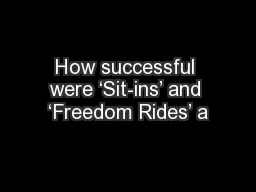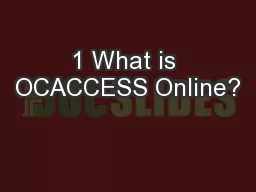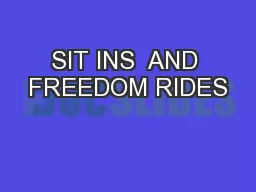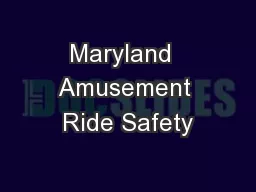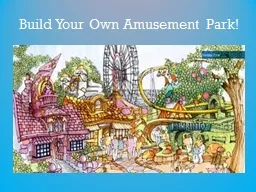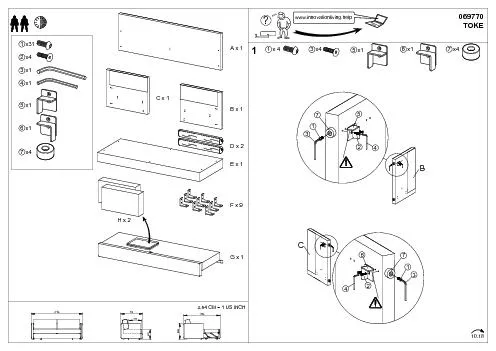PPT-How successful were ‘Sit-ins’ and ‘Freedom Rides’ a
Author : pamella-moone | Published Date : 2016-07-05
LO To evaluate the effects of the Sitins and Freedom Rides on the civil rights movement SitIns In Feb 1960 4 black students in Greensboro North Carolina decided
Presentation Embed Code
Download Presentation
Download Presentation The PPT/PDF document "How successful were ‘Sit-ins’ and �..." is the property of its rightful owner. Permission is granted to download and print the materials on this website for personal, non-commercial use only, and to display it on your personal computer provided you do not modify the materials and that you retain all copyright notices contained in the materials. By downloading content from our website, you accept the terms of this agreement.
How successful were ‘Sit-ins’ and ‘Freedom Rides’ a: Transcript
Download Rules Of Document
"How successful were ‘Sit-ins’ and ‘Freedom Rides’ a"The content belongs to its owner. You may download and print it for personal use, without modification, and keep all copyright notices. By downloading, you agree to these terms.
Related Documents

